UP TO THE MINUTE
The Myths of Metal Roofing: Damage From Lightning and Hail Storms

By Drexel Metals.
Contrary to popular belief, metal roofs do not actually attract lighting strikes, nor are they easily damaged by hail.
These myths are actually very easy to debunk, because testing has told us that metal roofs are not only sustainable, but efficient in protecting the homeowner from extreme weather. Metal roofs can endure windspeeds of up to 120 mph and snow slides off of them quickly. Metal roofs are also great at protecting from hail damage and have no influence in the factors of attracting lightning strikes. (They may even reduce the damage caused by lighting if treated properly.)
Let’s explore how metal roofs can provide buildings with a safe and durable covering no matter the weather.
Lightning strikes out when it comes to metal roofs
Lightning is the rapid discharge of atmospheric static electricity. Since most metals conduct electricity easily, it seems to make sense that a tall structure with a conductive material at its topmost point would attract lightning strikes from passing clouds.
Though this seems intuitively correct, the truth is a bit more complicated. According to roofing experts, when lightning is discharged into the ground, it will seek the path of least resistance. Since air is a relatively poor electrical conductor, this path is often the tallest thing around. If a tree is taller than a building, then lightning is more likely to strike the tree, even if the building has a metal roof. The same can be said for other buildings. A taller building with a shingle roof will be struck with lightning more regularly than a smaller neighboring building with a metal roof. According to the Metal Construction Association, a building’s surroundings (hills, trees or taller buildings) play the largest role in estimating the likelihood of a strike — building material has not been shown to be a significant factor.
What happens after lightning strikes is more interesting. Highly conductive materials allow the smooth passage of electrical currents, and poor conductors can convert electricity from a lightning strike into heat, which can result in fires or an explosion. This is why trees tend to split and catch fire when struck by lightning. On their own, the metal roofing panels offer a low-resistance path between the sky and the ground — potentially reducing damage if a building is struck by lightning.
This protection is bolstered when metal roofs are paired with a lightning protection system (LPS). In fact, the National Fire Protection Association (NFPA) 780 standard recognizes that the material’s non-combustible nature can mitigate damage caused by lightning. This is because metal roofs efficiently conduct the lightning’s electrical energy from the strike point to the LPS’s wire that leads to the ground rod.
Are metal roofing systems easily damaged by hail?
Hail affects roofs of all materials, so it’s a concern for new projects and rebuilds alike. While other types of damage can be easily spotted and taken care of, hail can cause tiny perforations in most roofing systems where water can seep in later and cause hard-to-see damage.
Like other weather, the risk hail poses to the roof depends on several factors such as the size of hailstones and the duration of the storm. The slope of the roof can also determine the risk of damage. Larger stones and longer storms can cause more damage. Likewise, flatter roofs will be damaged more than sharply pitched ones.
Outside of those factors, roofs that have high impact resistance will provide the most protection against hail damage. Metal roofing installed over a solid substrate often achieves the highest rating, Class 4, from the Underwriters Laboratories (UL) 2218 impact testing standards. Class 4 materials resist damage from two-inch diameter steel balls dropped from 20 feet. The roofing assembly will only pass if the surface material shows no sign of penetration. This means most metal roofs can provide substantial protection from hailstones. Moreover, unlike other roofing materials, metal roofing panels retain their impact resistance over the course of their service life.
Because of their long-lasting weather resistance, Drexel Metals roofing systems may even reduce a homeowner's insurance premium.
Weather the storm with a metal roof
Whether it’s high winds, snow, hail or lightning, a metal roof can withstand the elements with less damage than other roofing systems. All across the country, from Boulder, Colorado to central Florida, homes and commercial buildings have used metal roofing systems to provide long-lasting strength and durability to a structure.
In addition to their strength, Drexel Metals offers several warranty options that can match the needs and scope of most projects. These options give home and building owners peace of mind that their system will stay functional and beautiful year after year.
Learn more about DrexelMetals in their MetalCoffeeShop® Directory or visit www.drexmet.com.
Original article source: Drexel Metals



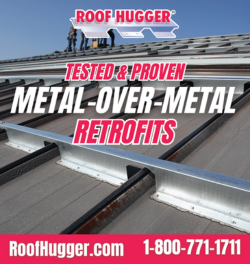








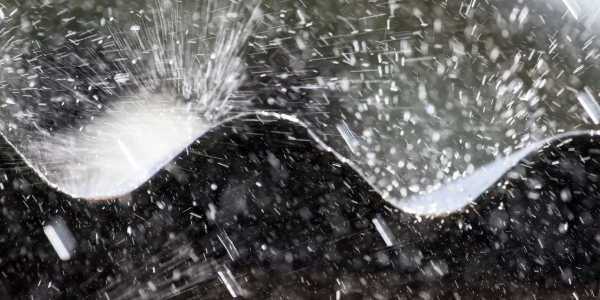
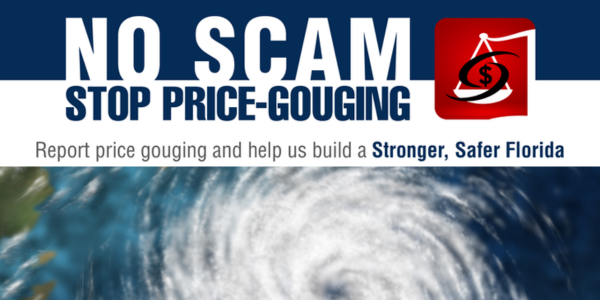
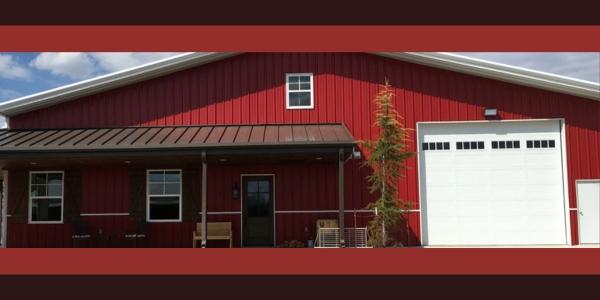


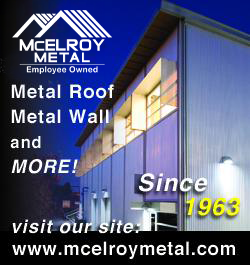
Comments
Leave a Reply
Have an account? Login to leave a comment!
Sign In